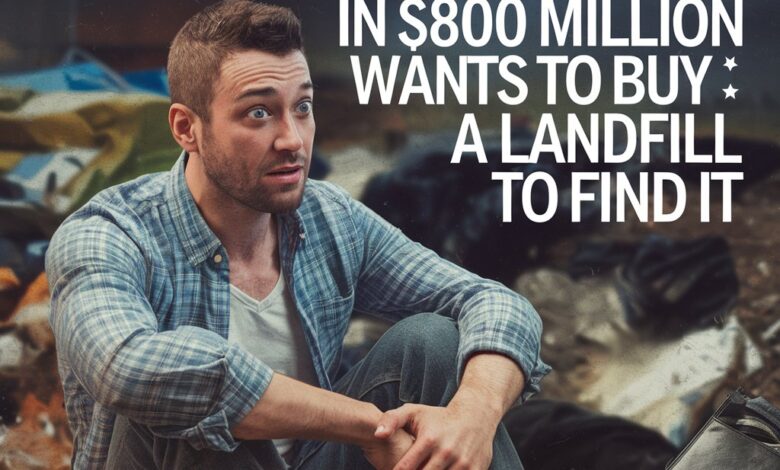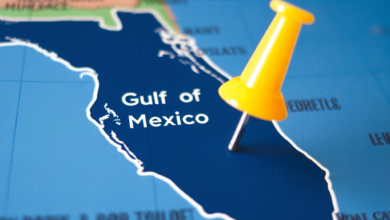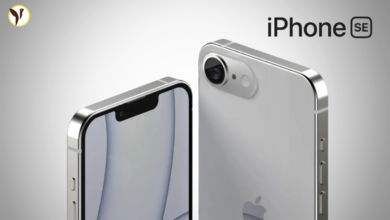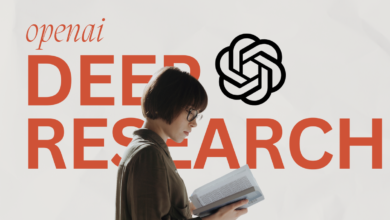
In 2009, British IT professional James Howells mined approximately 8,000 Bitcoins, a cryptocurrency that was then virtually worthless. Today, with Bitcoin’s value soaring to nearly $100,000 per coin, his holdings would be valued at around $800 million. However, in 2013, Howells inadvertently discarded a hard drive containing the private keys necessary to access his Bitcoin wallet, rendering his fortune inaccessible. The hard drive is believed to be buried in the Docksway landfill in Newport, Wales.
Over the past decade, Howells has persistently sought permission from Newport City Council to excavate the landfill in hopes of retrieving the hard drive. He has proposed various plans, including offering the council a significant share of the recovered Bitcoin and employing advanced technologies such as artificial intelligence and robotic devices to minimize environmental impact during the excavation. Despite these efforts, the council has consistently denied his requests, citing environmental concerns and the lack of guarantee that the hard drive would be functional after years underground.
In a recent development, Howells considered purchasing the landfill site outright to conduct the search independently. This consideration arose after learning that the council plans to close and cap the site in the 2025-26 financial year, with intentions to develop a solar farm on part of the land. Howells expressed surprise at the closure plans, especially given the council’s previous arguments that excavating the landfill would have a detrimental impact on the community. He has discussed the possibility of purchasing the site with investment partners, viewing it as a potential solution to gain access to the buried hard drive.
Despite his unwavering determination, Howells has faced legal setbacks. In January 2025, a High Court judge dismissed his legal bid to compel the council to allow the excavation, ruling that his claim had “no realistic prospect of succeeding.” The judge accepted the council’s argument that the hard drive became their property once it entered the landfill. Howells expressed deep disappointment with the ruling, feeling that he was denied a fair opportunity to present his case fully.
As of now, the future of Howells’ quest remains uncertain. The council’s plans to close the landfill and repurpose the site add further complications to his efforts. While he continues to explore potential avenues to recover his lost Bitcoin, the challenges posed by legal constraints, environmental concerns, and the passage of time make the prospect increasingly daunting.
This ongoing saga highlights the complexities and risks associated with digital assets like Bitcoin. It underscores the critical importance of secure storage and the potential consequences of mishandling digital wealth. As cryptocurrencies become more integrated into the global financial system, Howells’ experience serves as a cautionary tale for both current and prospective investors.







